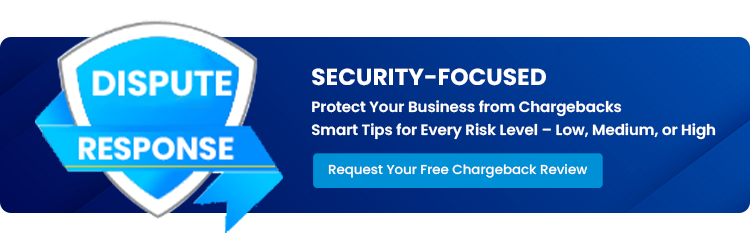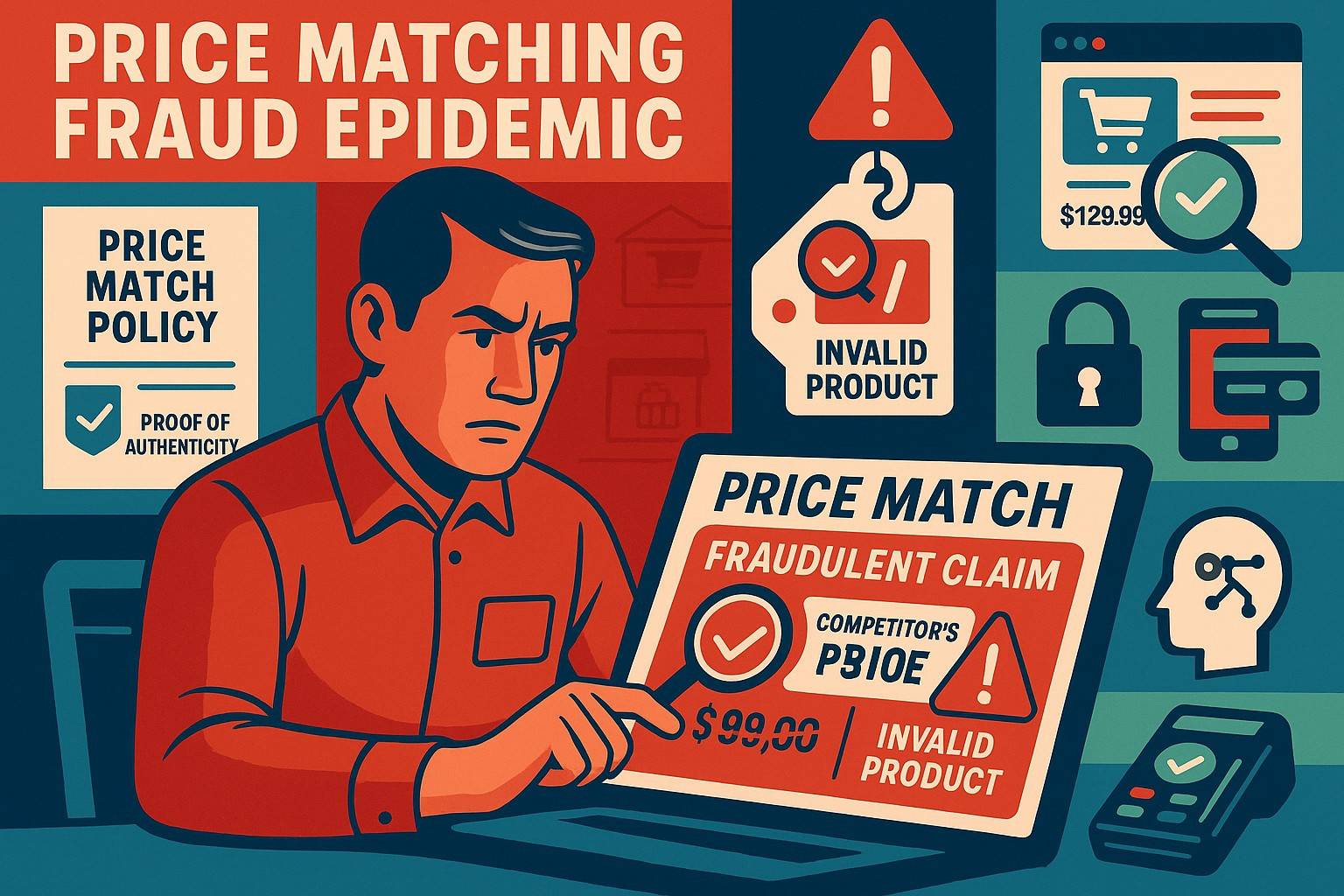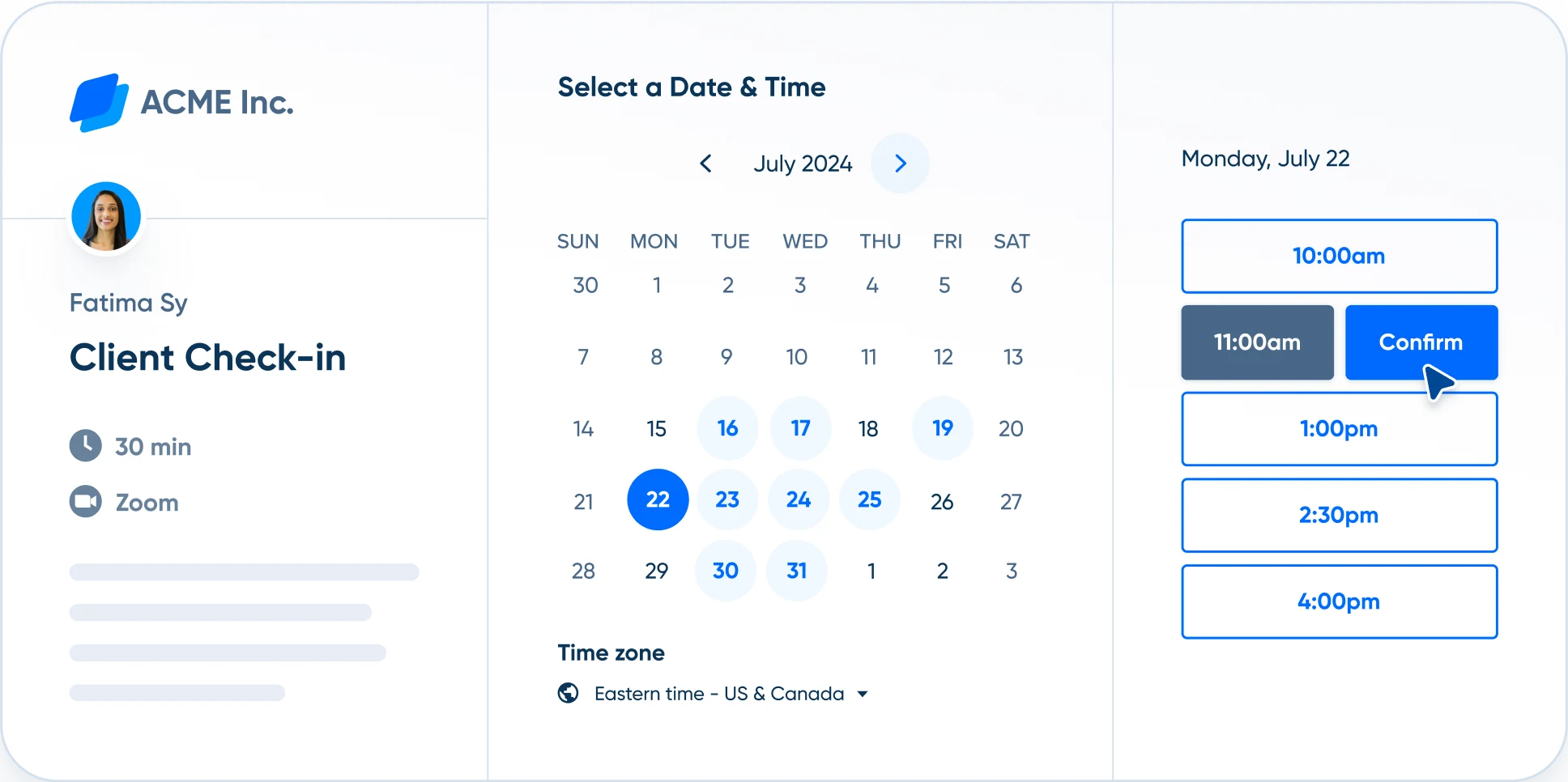Chargeback Management Services - Dispute Response Sep/ 4/ 2025 | 0
Price matching fraud has become one of the fastest-growing threats to businesses across the U.S. in 2025. Merchants are at risk of losing both money and reputation due to fraudulent claims that exploit price matching policies. In this article, we’ll explore how you can protect your business from this growing epidemic and ensure your policies are secure.
What is Price Matching Fraud?
Price matching fraud occurs when a customer claims to have found a lower price for an item, using this as leverage to secure a refund or discount. This can happen even if the product was never sold at the alleged lower price or if the claim is based on manipulated or fake evidence.
Key Forms of Price Matching Fraud:
- Fake Price Comparisons: Fraudsters may provide doctored screenshots or fake links to lower prices from competitor websites.
- Repeated Refund Claims: Customers may exploit the price matching policy multiple times, often with different products, draining resources.
- Manipulation of Product Listings: Fraudsters may take advantage of unclear terms or listings on third-party sites to make false claims.
The Impact of Price Matching Fraud
Price matching fraud can severely impact a business in several ways:
- Revenue Loss: Every fraudulent refund or price adjustment leads to a loss in profit.
- Operational Costs: Time and resources spent managing disputes could be better allocated to core business activities.
- Reputation Damage: If customers see that fraudulent claims are easily accepted, it may hurt the brand’s credibility and trustworthiness.
How to Protect Your Business
Implementing strong safeguards is essential for businesses in preventing price matching fraud. Below are actionable steps you can take:
1. Review Your Price Matching Policy
Ensure your price matching policy is clear and comprehensive. Clearly define the terms, such as:
- Eligibility Criteria: Specify which competitors’ prices are eligible for matching.
- Proof Requirements: Require customers to submit valid, verifiable evidence of the competitor’s price.
2. Set Time Limits on Price Matching Claims
Set a reasonable timeframe for price matching claims, such as within 30 days of purchase, to prevent claims on products that have long been sold.
3. Implement Robust Verification Processes
Invest in automated tools or dedicated staff to verify price matching claims. This reduces the chances of fraudulent claims slipping through.
4. Monitor and Track Price Matching Requests
Track all price matching requests and analyze patterns to identify potential fraudulent activity. Automated alerts for suspicious claims can help you take quick action.
5. Educate Your Staff
Train your customer service team to recognize signs of fraud and handle price matching claims appropriately. Empower them to refuse claims that do not meet your established criteria.
Leveraging Technology for Price Matching Fraud Prevention
In 2025, businesses can leverage AI-driven tools to detect and prevent price matching fraud. These tools use machine learning to analyze customer behavior, identify patterns of fraud, and automatically flag suspicious claims for review.

Email us anytime!
Email customer service 24/7

Call us anytime!
Reach customer care 24/7 at +1 (888) 927-5152
Conclusion
As price matching fraud continues to rise, protecting your business against this type of fraud is crucial. By implementing clear policies, leveraging advanced technology, and training your team, you can safeguard your business from unnecessary losses and reputational damage. Don’t wait until you’re a victim of fraud—take action now to prevent price matching fraud in 2025.


